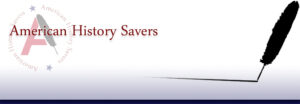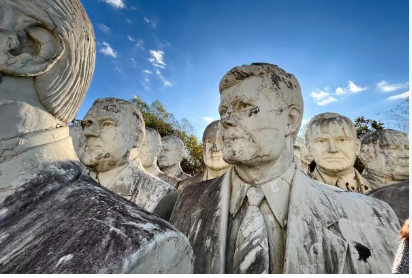Unmasking Leadership Through Objects of Power and Silence
Chapter 1: Introduction – When Objects Speak Louder Than Words
Presidents are remembered by their decisions, speeches, and wars. But in the corners of archives, inside velvet-lined drawers, and behind museum glass lies a different record: artifacts. Not just memorabilia — but instruments, clothing, and personal items that reveal hidden chapters of America’s highest office.
These aren’t the artifacts taught in textbooks. They’re the unfiltered objects of vulnerability, ambition, secrecy, and symbolism.
Chapter 2: Objects of Fragility – Lincoln’s Gloves, FDR’s Braces
Most Americans see Abraham Lincoln as a towering figure of strength. But the bloodstained gloves he wore the night of his assassination are fragile, delicate — a symbol of the burden he carried alone. Unlike statues, these gloves show wear. Tears in the fabric match the internal exhaustion of a wartime president.
Franklin D. Roosevelt’s iron leg braces, on the other hand, were never supposed to be seen. Designed for concealment, they represent the silent war he fought with polio. His entire presidency was an exercise in masking pain — physically and politically.
These items don’t represent legacy — they represent struggle.
Chapter 3: Personal Style as Political Messaging – JFK’s Sunglasses, Obama’s Tan Suit
John F. Kennedy’s scratched Ray-Bans weren’t just fashion statements. Worn during Cold War briefings and Civil Rights clashes, they symbolized controlled coolness in a nuclear era. They now rest — scratched, worn — at the JFK Presidential Library.
Barack Obama’s tan suit, meanwhile, became a media circus. But behind the humor was a deeper issue — the racialized critique of a Black president. What seemed like a wardrobe malfunction became an artifact of double standards. It now stands for a cultural shift in how we perceive authority and professionalism.
These artifacts remind us: appearances are policy tools.
Chapter 4: Relics of Decision-Making – Truman’s Desk Sign, Nixon’s Tape Recorder
“The Buck Stops Here” was more than a slogan — it was Harry Truman’s internal compass. Every morning, it stared him in the face as he approved atomic bomb drops and post-war plans. On the reverse? “I’m from Missouri — You’ll have to show me.” This duality speaks volumes about his reliance on proof, not politics.
Nixon’s reel-to-reel tape recorder, discovered post-Watergate, wasn’t an official artifact — it was a secret one. But it has become one of the most powerful symbols of transparency and downfall in American executive history.
Some artifacts were meant to be seen. Others were never meant to be discovered.
Chapter 5: Human After All – Jefferson’s Portable Writing Desk
Before laptops and tablets, there was Thomas Jefferson’s lap desk, where he drafted the Declaration of Independence. Compact, wooden, and now stained with ink and time, it was the most personal tool in the creation of national philosophy.
This artifact doesn’t shout. It whispers — about the power of thought over force.
Chapter 6: Why These Objects Still Matter
Artifacts aren’t just relics — they’re emotional archives. They survive where speeches fade. In an age of digital data, these physical remnants ground us to the truth.
While media distorts and history is revised, objects remain honest:
- A crack in a lens.
- A bloodstain on cloth.
- A warped desk sign.
They don’t lie. They don’t spin. They just wait — for someone to listen.
Chapter 7: The Legacy We Leave Behind
Future generations may never know the sound of a rotary phone or the smell of old leather-bound notebooks. But they’ll know who we were by what we preserved — or ignored.
Presidential artifacts show that truth isn’t always in the headlines — sometimes it’s in the drawer no one opened.

